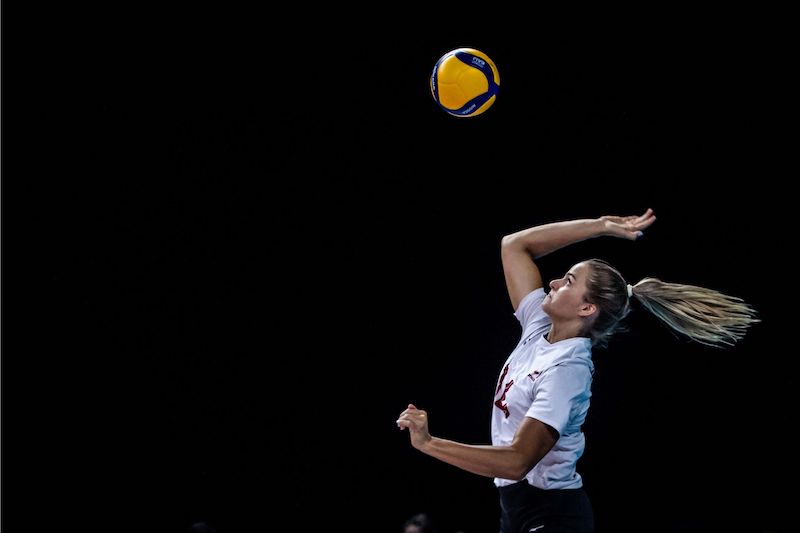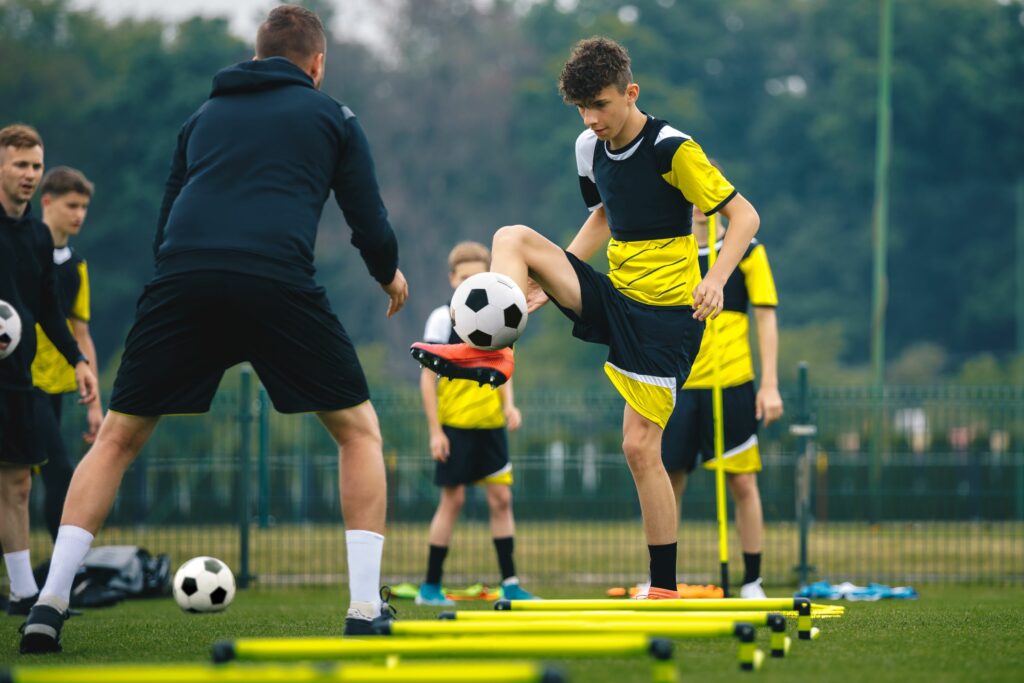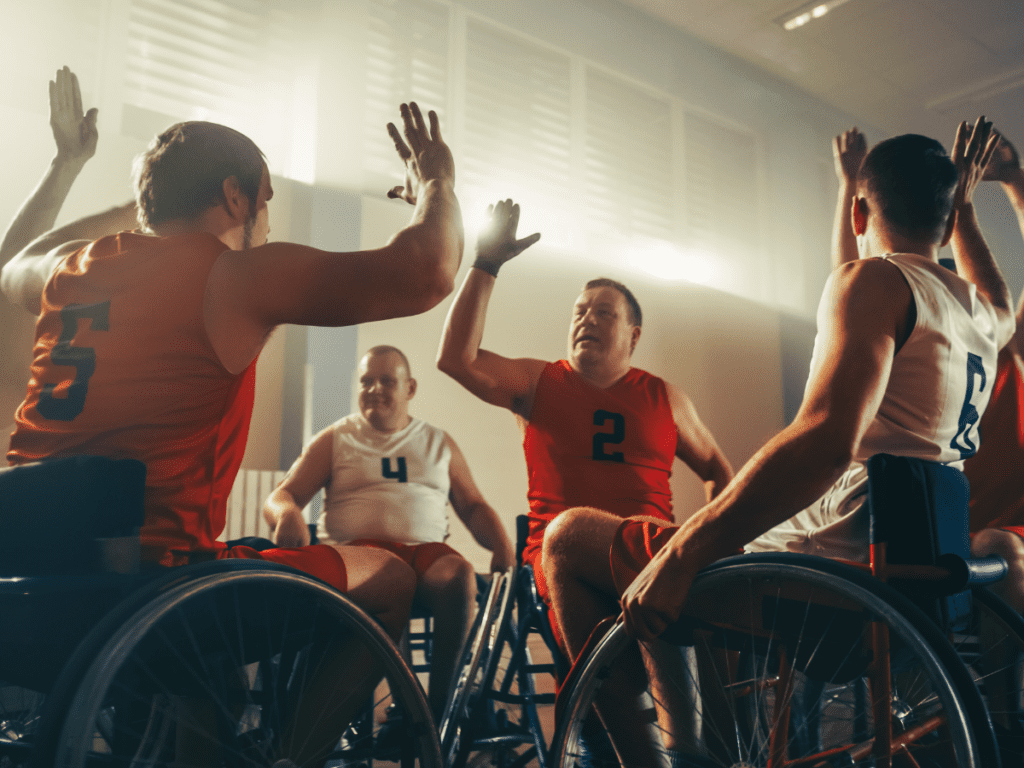Concussions in volleyball
Most concussions in youth volleyball are the result of ball-to-head contacts during practice or warm-ups. To improve athlete safety on the court, Volleyball Canada introduced a new rule in 2018 to prevent athletes from going under the net to retrieve the ball during warm-up drills, a high-risk situation for ball-to-head contact.
How Volleyball Canada is taking an evidence-based approach to concussion prevention

Highlights “You have a concussion.” These are words that no athlete wants to hear. What exactly does it mean? Perhaps a full stop to sport-related activities. Or, no longer being able to practise, train or compete. Maybe uncertainty around recovery times or a return to play, and questions about future risks and implications. In recent…
Is technology a coach’s ally or Achilles’ heel? 4 questions to ask

Over a coffee, we recently reminisced about different sporting environments we’ve worked in and how many times we’ve seen expensive technological solutions sit in a corner, collecting dust. Perhaps you can relate to the pattern. A new technology hits the market, and a few marquee teams or athletes adopt it. You truly believe that the…
Toolkit: Mastering the Art of Evaluation

Every success story is a tale of constant adaptation, revision, and change.Richard Branson Evaluation is as an essential organizational practice in the sport sector. However, many stakeholders do not receive sufficient training or the time, funding, or staffing to engage in evaluative work. While many organizations struggle with these challenges, increasing demands for accountability and…
Blog writing
Blogs are an important tool for delivering evidence-based research and information to the sport community. In the SIRC blog, read how course instructors at Brock University used blog writing as a powerful teaching tool to reinforce student learning and mobilize sport and recreation research.
Movement-based approaches to program evaluation with children

This blog is part of a series in collaboration with Brock University. Written by a student in the ‘Program Evaluation in Professional Practice’ course, this blog draws on a student’s first-hand experience conducting a program evaluation during a placement with the Bounce Back League. In this blog, Ashley Romano, a 4th year undergraduate student, offers…
Predictiveness of NFL Combine
Can standardized drills designed to measure strength, speed and explosiveness predict success in complex sports such as football? Analysis from sport scientists at the University of Rhode Island found the NFL Scouting Combine can predict only 20-25 percent of a player’s future success, and fails to capture intangible traits such as leadership, drive and “mental…
Sub-two-hour marathon demands
In October 2019, Kenyan athlete Eliud Kipchoge ran a sub-two-hour marathon. Research from the University of Exeter on a previous attempt in 2017 discovered elite runners require a “perfect balance” of VO2 max (rate of oxygen uptake), efficiency of movement, and a high “lactate turn point” (above which the body experiences more fatigue) for success.
Concussion research
“The reality is there simply aren’t nearly enough qualified physicians to provide timely assessments for athletes hoping to return-to-play after a sports concussion…For athletes and parents frustrated with long waiting lists to see a doctor or nurse practitioner, [a role for team therapists in return-to-play decisions] is a potential game changer.” Dr. Pierre Frémont from…
Strengthening data protection practices through education

Data Privacy Day is an international effort held annually on Jan. 28. The purpose is to create awareness about the importance of privacy and protecting personal information and encourages dialogue for organizations about which best practices should be implemented. The COVID-19 pandemic has brought about many changes for the Canadian sport sector including a shift…